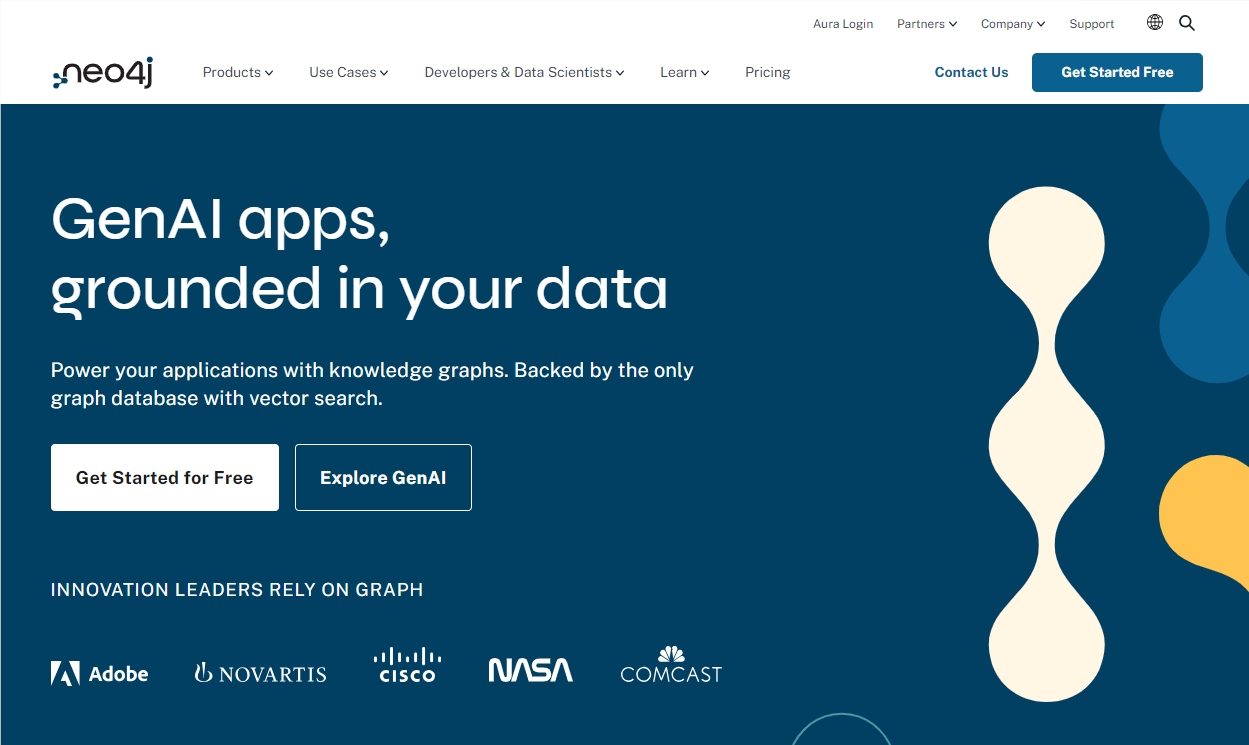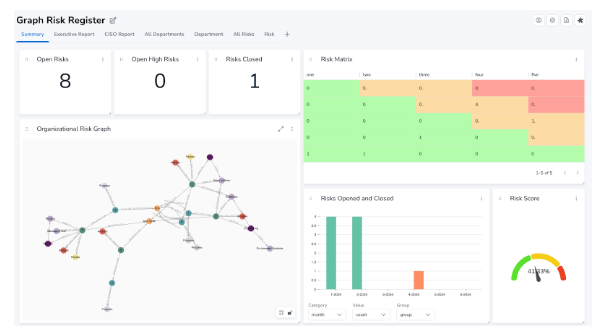Neo4j announced a major upgrade of its fully managed cloud graph database service AuraDB, which aims to lower the user threshold, improve data analysis efficiency, and better support generative AI applications. This upgrade includes many important aspects, including generative AI assistants, no-code/low-code dashboard building tool NeoDash, enhanced data reading capabilities, and stricter security measures to comprehensively improve user experience and data processing capabilities. The upgraded AuraDB will more easily help enterprises obtain maximum value from data assets, especially in generative AI and advanced analytics applications.
As enterprises pay more and more attention to artificial intelligence and data analysis, major data infrastructure vendors are working hard to lower the user threshold to help teams obtain maximum value from data assets. Recently, graph database pioneer Neo4j has not been far behind and launched a major upgrade of AuraDB.

Neo4j announced that its fully managed cloud graph database service AuraDB has been upgraded. Not only has its ease of use been enhanced, but its generative artificial intelligence (AI) assistant has also been officially launched, and its ability to read data has been improved to 15 times improvement. This means users can process data faster and more efficiently. In addition, Neo4j has also launched a new self-service product version with a lower price, hoping to bring more enterprises into contact with graph databases, especially in generative AI and advanced analysis applications.
In this upgrade, Neo4j introduces a generative AI assistant that can be used in the Aura console. This assistant uses OpenAI's large language model (LLM) to provide suggestions, optimizations and explanations in real time, helping users write Cypher queries to quickly extract data insights. Users only need to input natural language questions, and the AI assistant will generate the corresponding Cypher code, eliminating the tedious writing process.
In addition, Neo4j also adds NeoDash, a no-code/low-code interactive dashboard building tool that allows users to easily create various charts and visualizations so that they can analyze and interact with data more intuitively, such as real-time maps of security risks, or Supply chain visibility.

On the security front, AuraDB has also received improvements, including customer-managed encryption keys and auditing capabilities for real-time security logs. In addition, the improvement in reading capabilities enables AuraDB to achieve 15 times the real-time processing capability when processing data, which is suitable for application scenarios that require a high read-write ratio. Users can add up to 15 AuraDB replicas for each database instance, supporting multiple platforms such as AWS, Azure and GCP.
In terms of the market prospects of graph technology, Gartner predicts that by 2025, 80% of data and analysis workloads will use graph technology, while this proportion will be only 10% in 2021. This shows that graph databases play an increasingly important role in enterprise AI applications.
Neo4j hopes to attract more users with this upgrade, and the newly launched AuraDB Business Critical is more affordable, 20% cheaper than the traditional enterprise package. Currently, Neo4j has more than 1,700 customers and more than 300,000 developers, making it the leader in scalable graph technology.
Highlight:
Neo4j AuraDB achieves a 15-fold improvement in reading capabilities and enhances data processing efficiency.
A new generative AI assistant is added to simplify the process of users querying data.
? Launched a no-code/low-code dashboard building tool to help users analyze data intuitively.
This upgrade of Neo4j AuraDB provides enterprise users with more powerful and convenient data analysis solutions by improving data processing efficiency, simplifying data query processes, and enhancing data visualization capabilities, fully demonstrating the role of graph databases in enterprise AI applications. The huge potential also confirms Neo4j's leading position in the field of graph databases.